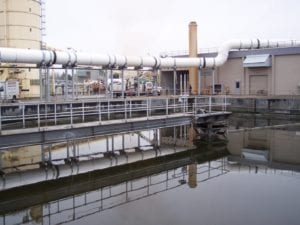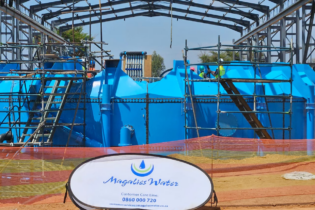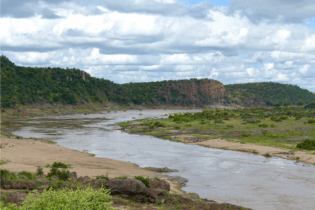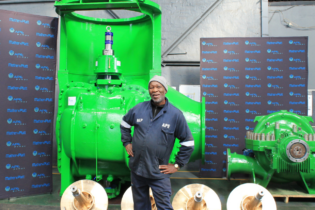A classic example of a water treatment scenario requiring aeration is municipal wastewater processing. A lesser-known fact among non-water professionals is the tremendous amount of energy it takes to run compressors – it is in fact one of the biggest energy users in sewage treatment, which is why manufacturers are concentrating now more than ever on bringing down the energy consumption rates of technologies they know will be the toughest workhorses.
An example of one such technology demonstrated to Water&Sanitation in May this year at the International IFAT Conference in Germany – a conference dealing predominantly with wastewater treatment – was variable-speed drive (VSD) compressor technology. VSD technology means that the rate of energy being used at specific flow times is automatically adjusted according to what is needed, so that no more energy is used than is required. That’s good news for the water industry, as government offers subsidies to organisations that install new, energy-saving equipment (according to the Department of Trade and Industry’s Manufacturing Competitiveness Enhancement Programme).These incentives are aimed at reducing pressure on the national grid. Installing modern, energy-saving technologies, however, is not just about getting grant funding. By prioritising energy saving at plants, the environment wins too. And of course, taxpayers’ money is saved over the life cycle of the equipment because of lower running costs.
Some types of compressor’s fitted with VSDs claim to be able to reduce energy consumption in plants by as much as 50% when paired with proprietary technology.







